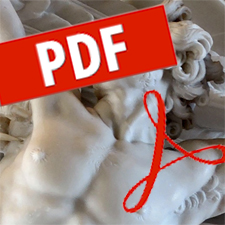Description
By Clem Tisdell
A substantial portion of agricultural research and development (R&D) is publicly funded. It is therefore, important to give attention to the socially ideal allocation and administration of funds for agricultural R&D as is done here. The types of mechanisms used to allocate these public funds and administer their uses can be expected to influence the research results produced and ultimately the level of returns or benefits obtained from this expenditure. Different public mechanisms for allocating and administering agricultural research funding are discussed from this point of view, paying attention to economic considerations. The non-competitive allocation of block grants to institutions is compared with their competitive allocation. Possibilities for allocation to sections of institutions or to individuals are also considered. Centralized versus decentralized mechanisms for allocating and administering R&D within organizations are discussed. In designing appropriate mechanisms for the allocation and administration of the use of public agricultural R&D funds, account needs to be taken of such factors as transaction costs, knowledge limitations, the importance of learning by doing the accretion of institutional capital and the collective accumulation of knowledge and skills within organizations. These factors together with market failures, limit the scope for efficient use of competitive mechanisms in allocating funds for agricultural R&D.
page: 197 – 208
Prometheus: Critical Studies in Innovation
Volume 15, Issue 2
SKU: 0810-90288632071
